Maersk Line celebrates 100-year anniversary in Brazil
 |
It was 100 years ago when Maersk Line – the world’s biggest private-sector shipping company - began to trade with Brazil for the first time. The steamship Laura Maersk reached Brazil’s shores on February 19, 1913, docking at Paranagua first – nearly seven weeks after the ship was launched on January 1, 1913.
“The importance of Brazil to Maersk Line has changed significantly since 1913, we have gone from 2,800-tonne bulk cargo ships to a fleet of SAMMAX 88,237-tonne container cargo ships and we have played a key role in helping the food industry establish itself as a major global player,” said Peter Grangaard Gyde, CEO of Maersk Line Brazil. “But this is just the beginning, we are now helping our customers transport commodities from grains to metals via door-to-door container delivery, providing Brazilian producers access to new markets by opening trade routes across our global services network,” he added.
In February and March 2013, Maersk Line will launch its 15th and 16th SAMMAX vessels – short for South America Maximum, which completes deliveries on 16 new ships costing USD 2.2 billion. The last remaining ships to be launched are the Maersk Lamini and the Maersk Labrea. The ships are specifically designed to be the largest ships that can safely enter Brazil’s ports. The gearless ships largely transport poultry, meat and fruit today. The first SAMMAX to arrive in Brazil was the Maersk Lima in June 2011. The SAMMAX has a draft of 13.5 m and a length of 299.9 m. The ships carries 7,450 TEU, has 1,700 reefer plugs, travels at a speed of 22.5 knots - more than three times faster than Laura Maersk, and has 51,909 BHP, or 38,889 kW. The crew compliment is 28 versus 25 for the Laura Maersk.
On that historic day in February of 1913, Laura Maersk carried 2,800 tonnes of cargo with just four hatches; the engine had three cylinders, 1,400 HP and a speed of up to eight knots. In terms of size, she was just 14 m wide, 97.7 m long and 6.15 m deep. With a crew of 25 that included four engineers, Laura Maersk was built to trade with Brazil and was known for transporting bulk cargo, such as grain, timber and coal.
It was not for another 81 years when Maersk Line’s first-ever container ship Maersk Santos arrived at Santos port in 1994, representing the start of a new era for Maersk Line in Brazil. In 2000, for example, the beef industry used only open cargo ships; today they have completely migrated to refrigerated container cargo to transport goods worldwide. This same trend is now starting with the grain, fertilizer, mineral, and metal industries.
The arrival of Laura Maersk and Maersk Santos highlight some of the key changes in Brazil’s evolving global trade story. Today in the latest trend, metal and fertilizer producers, like beef companies more than 10 years ago, are increasingly turning to containers as a means of reaching new markets for the first time. < Korea Shipping Gazette >
많이 본 기사
- ‘가스공사 전용선 30% 점유’ 현대LNG해운 해외매각 시끌국제물류업계, 광양항 마지막 배후단지 활용법 모색한다‘고환율·저운임’ 글로벌 물류기업 일제히 부진한 실적 신고‘일상이 된 물류시장 불확실성’, AI·친환경이 돌파구한국해양대, 장금상선등 해운사와 해양인재 양성방안 모색DHL, 중동 두바이에 차세대 물류허브 개소해운협회, 부산항도선사회와 CCTV 활용 안전도선 업무협약‘수요 둔화 지속’ 컨운임지수 한주만에 1300선으로 후퇴KMI, 우리나라와 북극권국가 협력 방안 모색우수물류기업 인증 체감효과 낮아 “인센티브 확대 필요”
- 2026 글로벌 공급망 전망과 한국 물류산업의 전략적 대응2028년 유엔 해양총회 한국 유치 확정벌크선시장, 급등 이후 조정 '속도 조절 들어가나'전재수 해수부 장관 사의…“해양수도권 차질없이 육성되길”인사/ 팬오션해양과학기술원, 日과 친환경 연안공간 만들기 '맞손'日 ONE 운항 9100TEU급 컨선 화재…공동해손 선언쿠팡 박대준 대표이사 사임…“개인정보 유출 책임 통감”에스티엘글로벌, 한국해大 해사대학에 장학금 기부인사/ 해양수산부





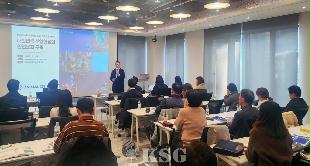



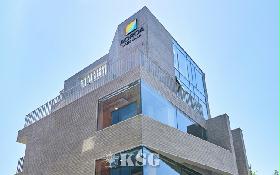
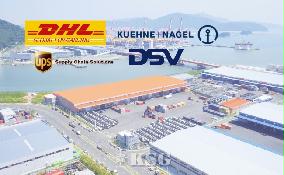

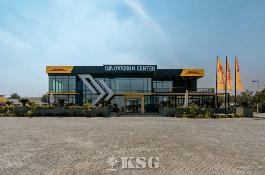
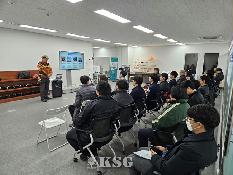
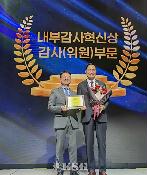
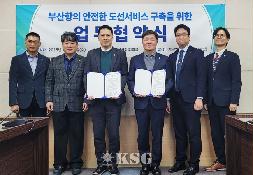
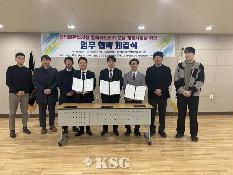

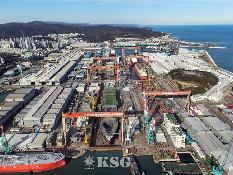
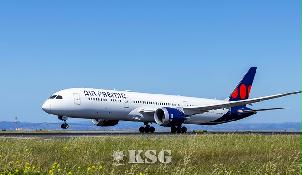
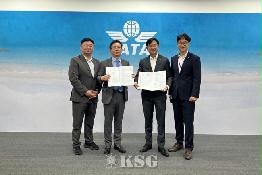

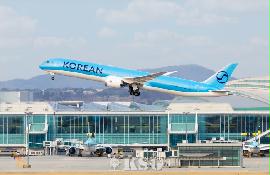


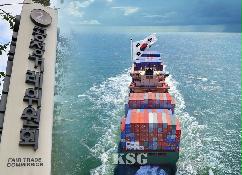
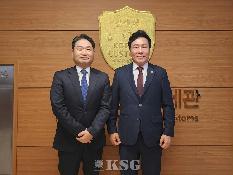

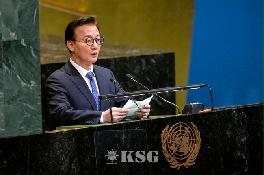
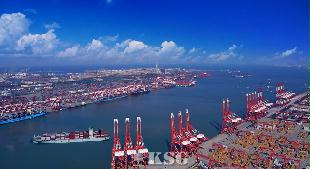
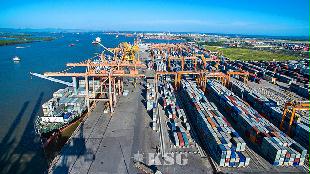
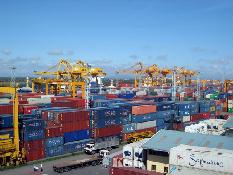






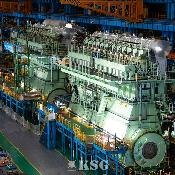
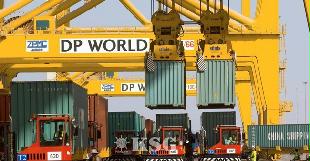
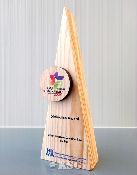
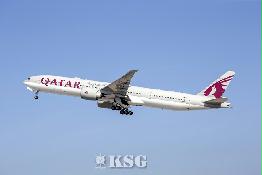





















0/250
확인